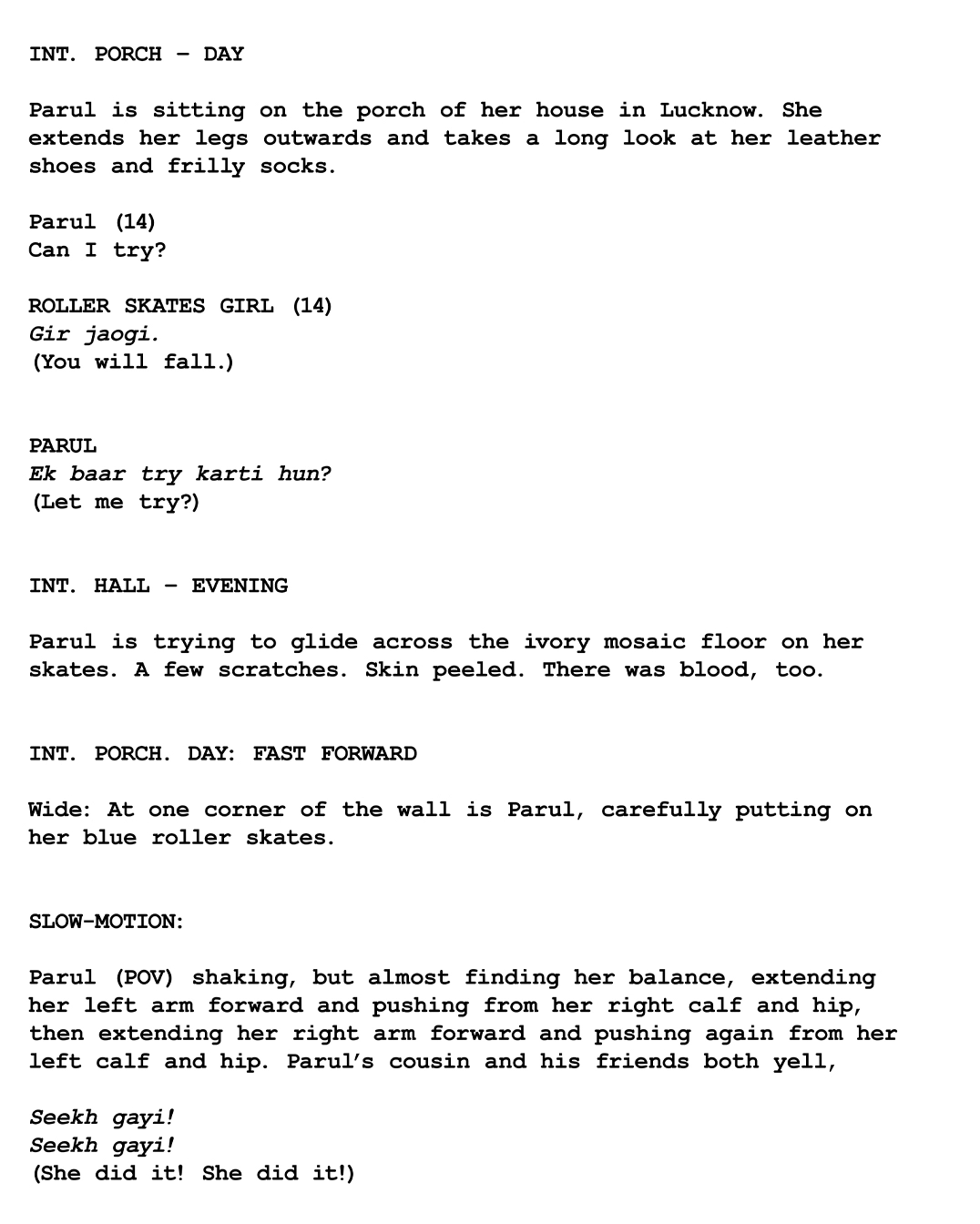Thirteen Seats
Film-maker Jyoti Nisha scripts bittersweet scenes from her past as she traces the early loss of the innocence that once guided her younger self – a girl who loved commercial Hindi films and dreamed of one day making them – until she became keenly aware of the wilfully ignorant patriarchy and caste prejudice that sustains them and the world they represent
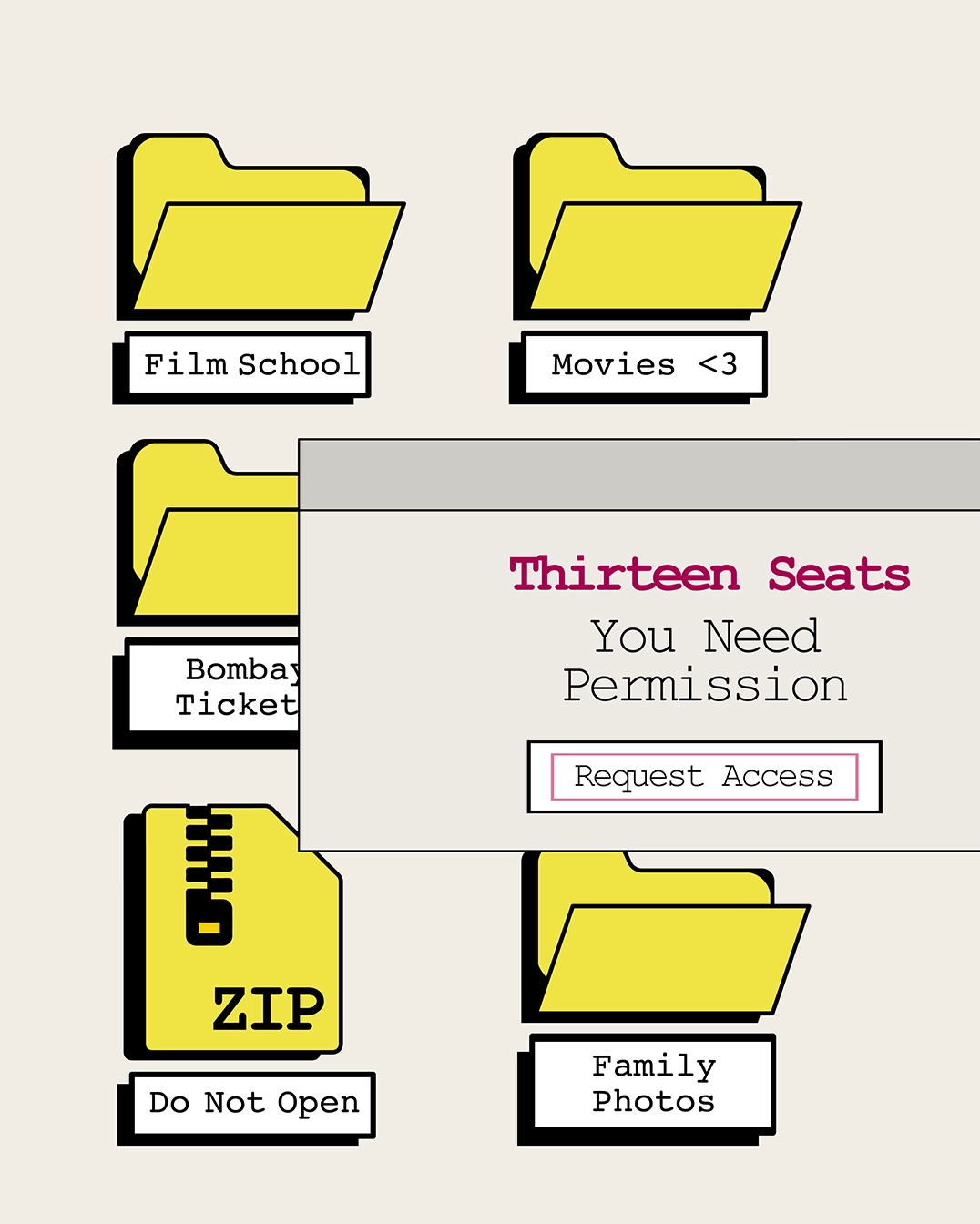
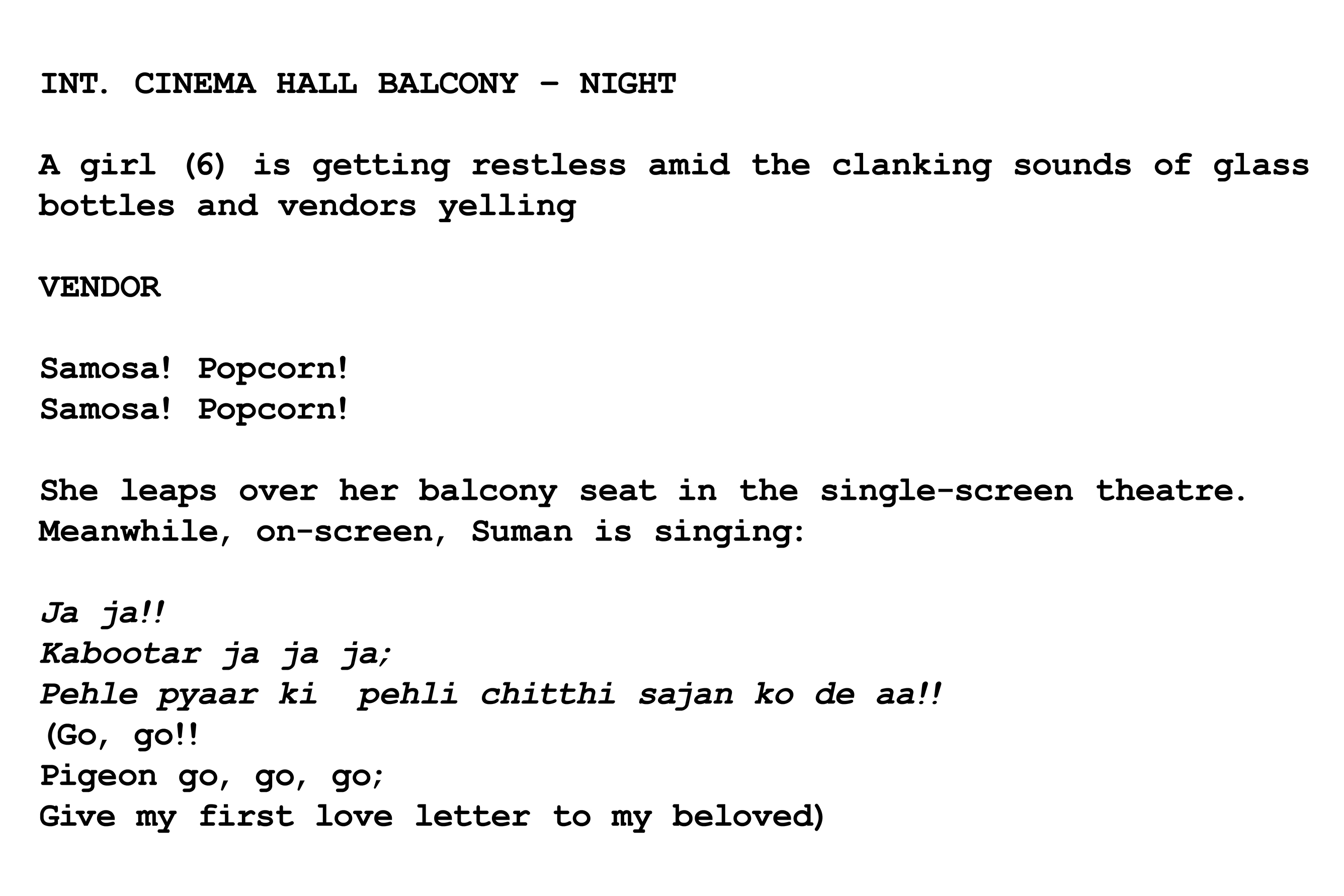
Maine Pyaar Kiya, starring Salman Khan and Bhagyashree — both in their debut roles — was the first film I watched with my family when we moved to Lucknow from Hardoi in 1989. Like many of the films that would come to characterise the ’90s, the male and female leads pursue a platonic friendship in the first half and awkwardly surrender to their romantic feelings in the second. We watched this movie so many times during the year of the shift that the cinema staff greeted us with affectionate familiarity – we were “regulars” and chairs were specially brought for my parents and me if the screening was housefull. I was six and known as “Parul” then – nicknamed after the doll my siblings used to play with before I was born – the youngest in a family of eight members and the most pampered.
The leather-jacket-clad Prem was put in opposition to the benevolent, lower-middle-class patriarch who clings tightly to his daughter and rigid code of conduct. He was incredibly attractive and endearing to older millennials like me, who had begun to find resonance in this in-between space of navigating the question of “modernity” along with both Western and Indian values. I was instantly infatuated with him.
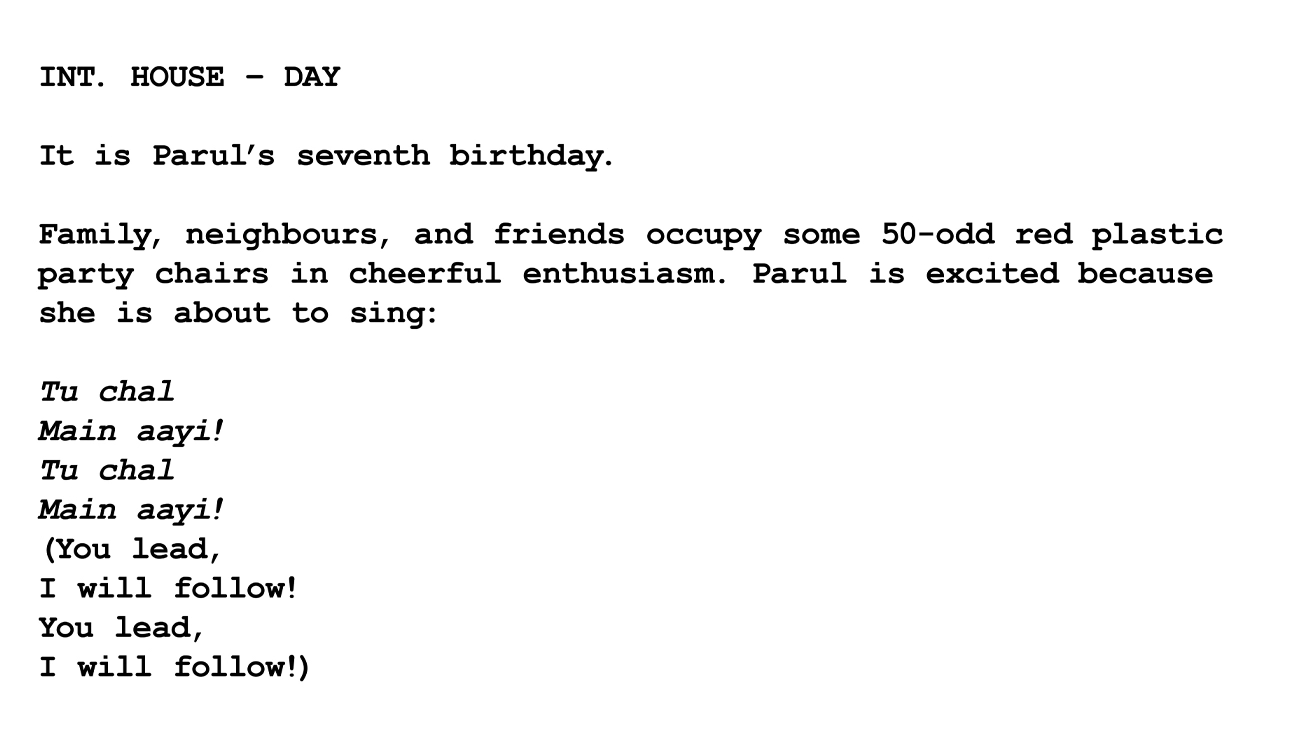
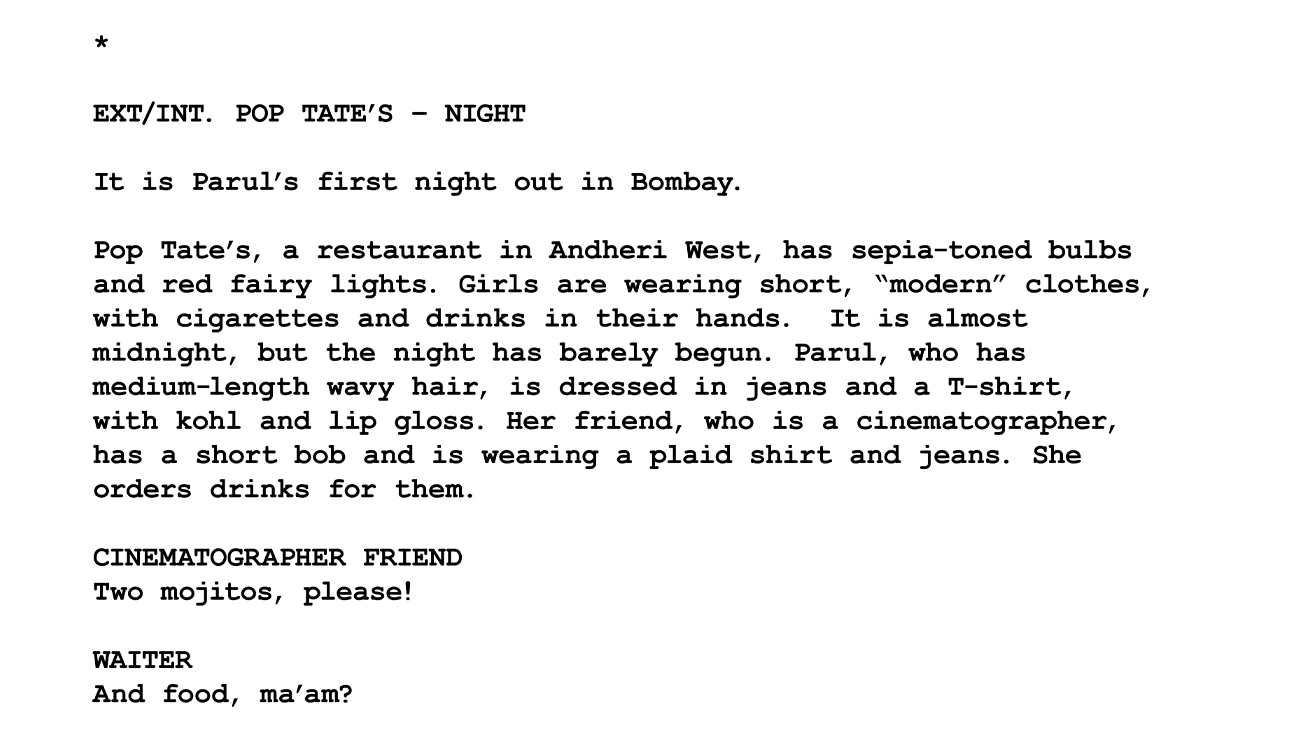
Caught off-guard, intimidated, both my friend and I looked at the menus with urgency and ordered nachos. After a few rounds of drinks, great food, breathing and living the “Bombay vibe”, we took a tuk-tuk to her house, where I was crashing for a few days, yet to find a place that I would call home.
I moved to Bombay in November, 2011. When I arrived, the freedom that the city offered in the flexibility of time and clothes was liberating, and I could espouse sexiness without constraint, unlike how it had been for me in Lucknow. I was figuring out my voice in a film industry that was competitive and, at times, brutal to those who could not adapt. I was applying to screenwriting competitions, like the Green Screen Lab for Children’s Cinema, yearning to emulate Gulzaar Sahab, Charlie Kaufman and Abbas Kiarostami as I tried to see the potential in the opportunities I could access.
Bombay life was also fast for an old-school Lucknowite like me, romantically speaking. I wanted Rumi’s love, but all that came my way were suggestions for casual relationships or creepy and unsettling advances from men. Back home, the friends I grew up with had lives full of romantic eventuality: all their updates about getting engaged or buying a house with their long-time partner frequently popped up on my phone. In some cases, there was sadder news about divorces.
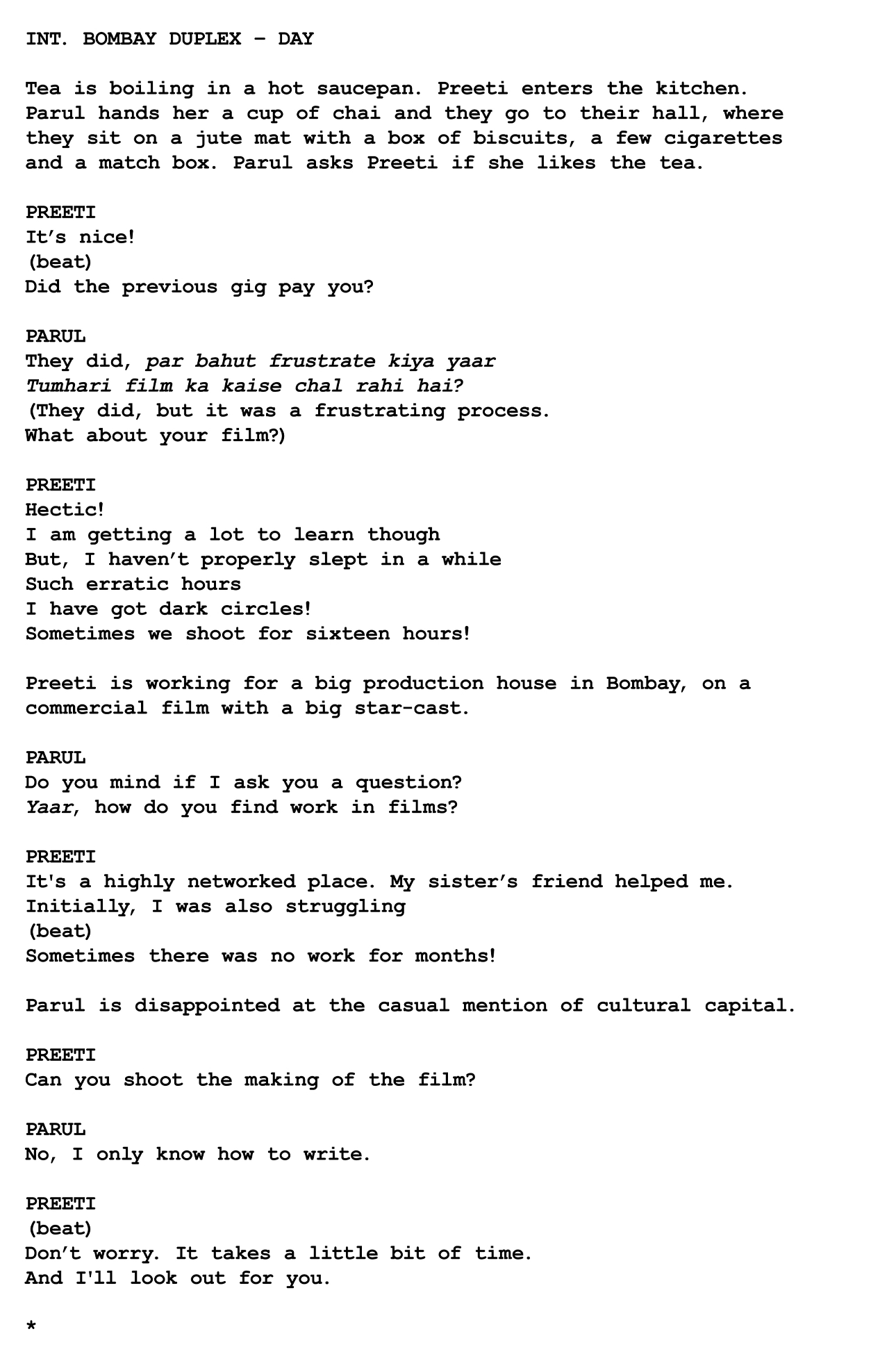
When we moved to Lucknow in 1989, my father was given a huge kothi (bungalow) – it was only “huge” in comparison because our Hardoi kothi had been much bigger; we had a fruit and flower garden, and a huge verandah to play cricket. It also had a wooden swing across from my house at the railway station – a noticeably missing perk. I was the only one among my eight siblings who was sent to a private, English-medium school in the new city.
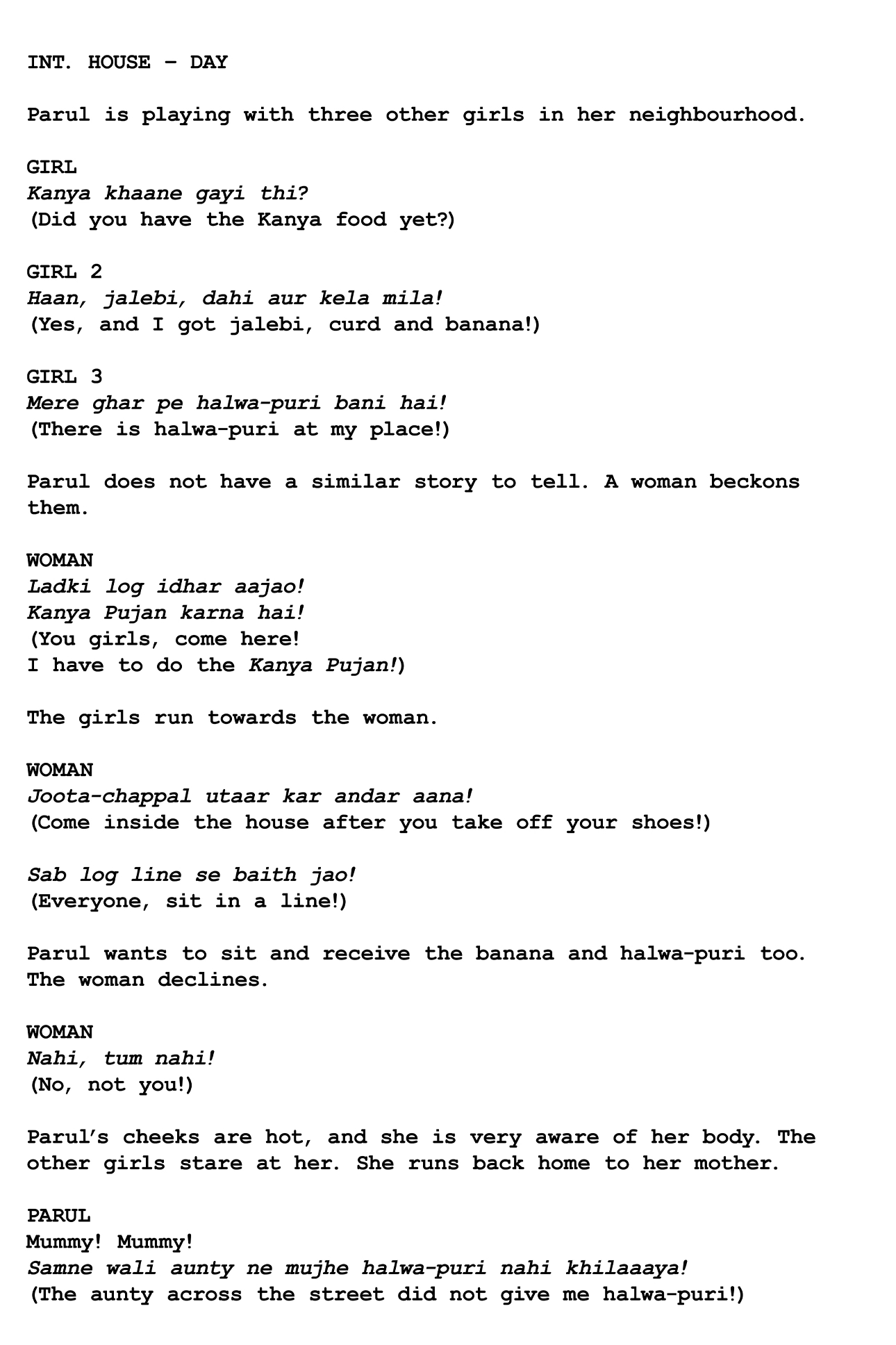
I remember recounting this incident to my mother in vivid detail right after it happened; I had been disheartened and humiliated, still unaware of the practice of untouchability – if she was aware of it, she did not say. Living in a kothi in the capital of Uttar Pradesh, going to an English-medium school and wearing fancy frocks had not protected me, and this transition to the city life from the caste ghettos was of little consequence to that woman, who chose to see only my caste location and acted accordingly.
My mother quietly contemplated what I had told her and offered the solution of making me halwa-puri at home instead.
*
In my twenties, I learned about Mahishasura, the Buffalo god. Or demon, as he was characterised by Hindu Brahmanical folklore and literature.
The buffalo species, which originated in India, has acquired a place in marginalised history: according to author Kancha Ilaiah, it is the productive beast that epitomises the qualities of the Dalit-Bahujans, and in a demonstration of power sanctioned by religion, Durga executed Mahishasura because he dissented from the Holy Trinity.
That is what Durga Puja celebrates.
During my early years in Bombay, I was in a long-distance relationship with a Brahmin man who seemingly espoused liberal and leftist values but possessed an occasionally distant demeanour. The emotional labour towards the maintenance of sanity – not only for myself but also for another person who was eventually going to use his prejudice against me – was painful.
Romantic relationships always run the risk of harbouring a dangerous co-dependence. Long ago, before I met this Brahmin traveller, I had broken off a phone dalliance with someone due to the absence of it.
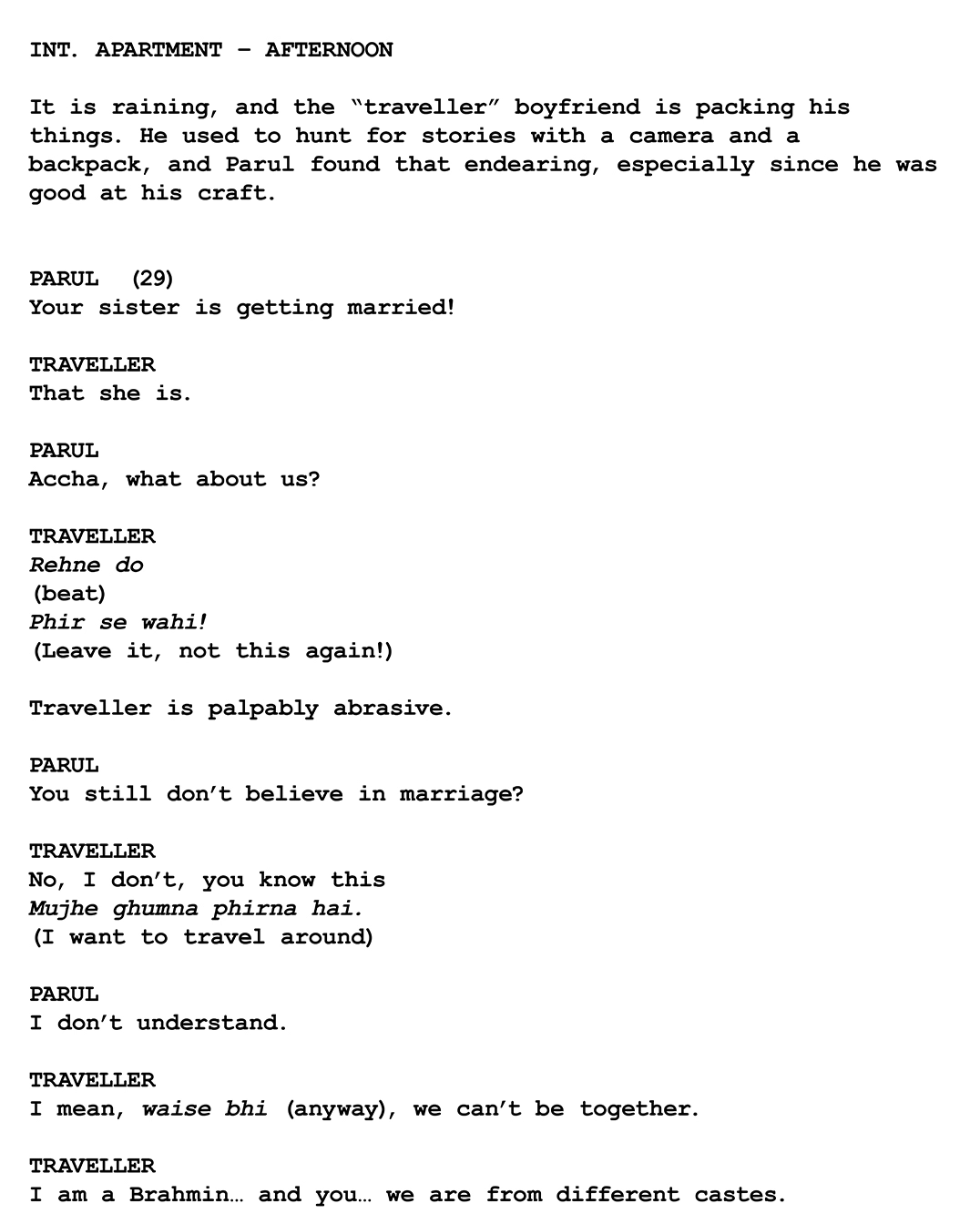
Then came the migraines.
One of them lasted four days, and I popped 3 to 4 analgesics every day to get through it. I would stay in the dark – away from dust, strong aroma, perfumes and light. Everything aggravated me.
Through a friend, I found meditation. That same year, I also found Eat, Pray, Love (the film) as well as Ketut, whose line has stayed with me for all these years: “Ruin is a gift. Ruin is a road to transformation.”
*
I had recently watched Rangeela (1995) in the cinema hall. A. R. Rahman’s zingy tunes coupled with Urmila Matondkar’s sensuality had been tough to ignore for not only an impressionable pre-teen who looked towards movies for sustenance but also an entire nation that could not stop obsessing over Mili’s berets and skater dresses. Lifestyle sections were replete with references to Manish Malhotra and full-page images of co-ord sets.
I wanted to emulate Mili’s style and wear high-waisted jeans and sensual tops knotted at the waist to capture that desirability for myself, but I was only 12 and in the 7th standard.
He was too.
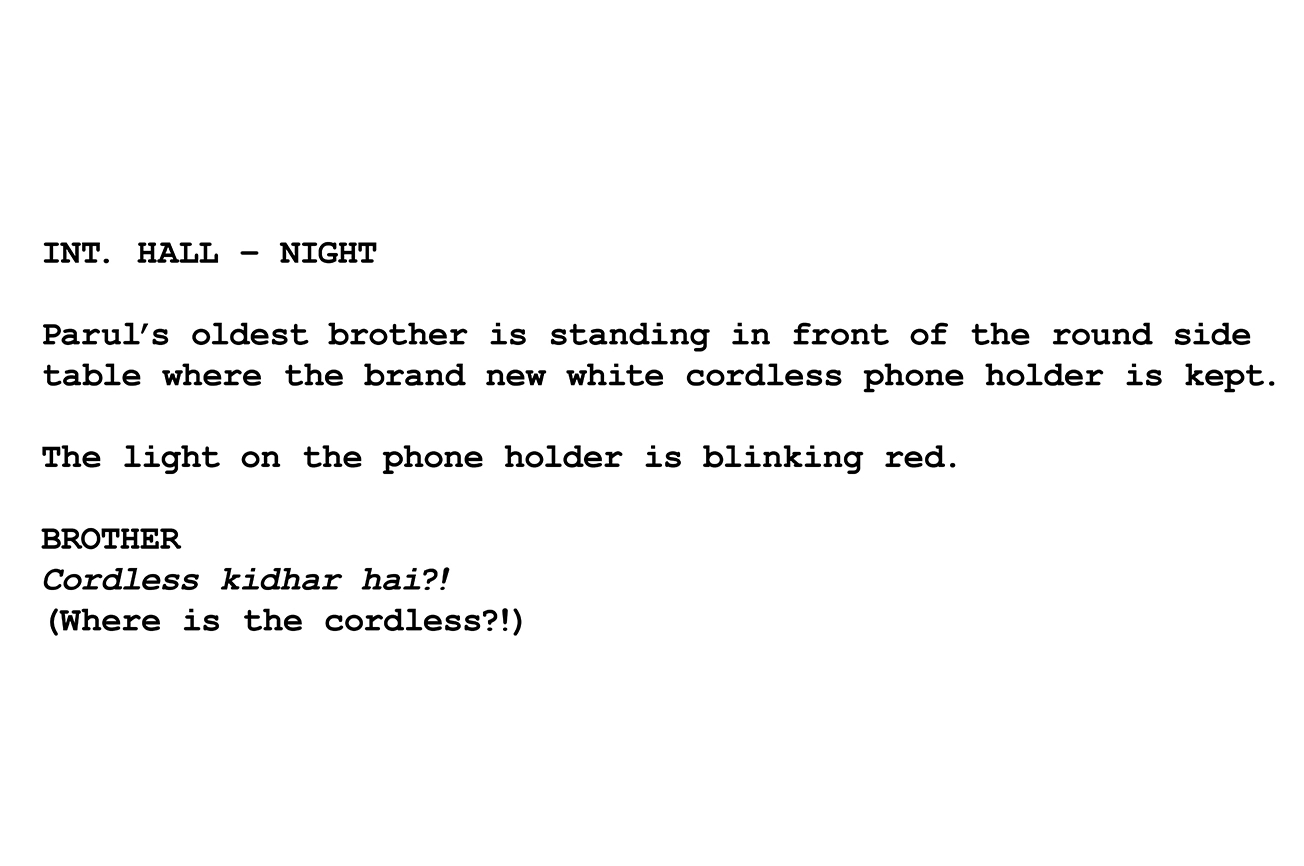
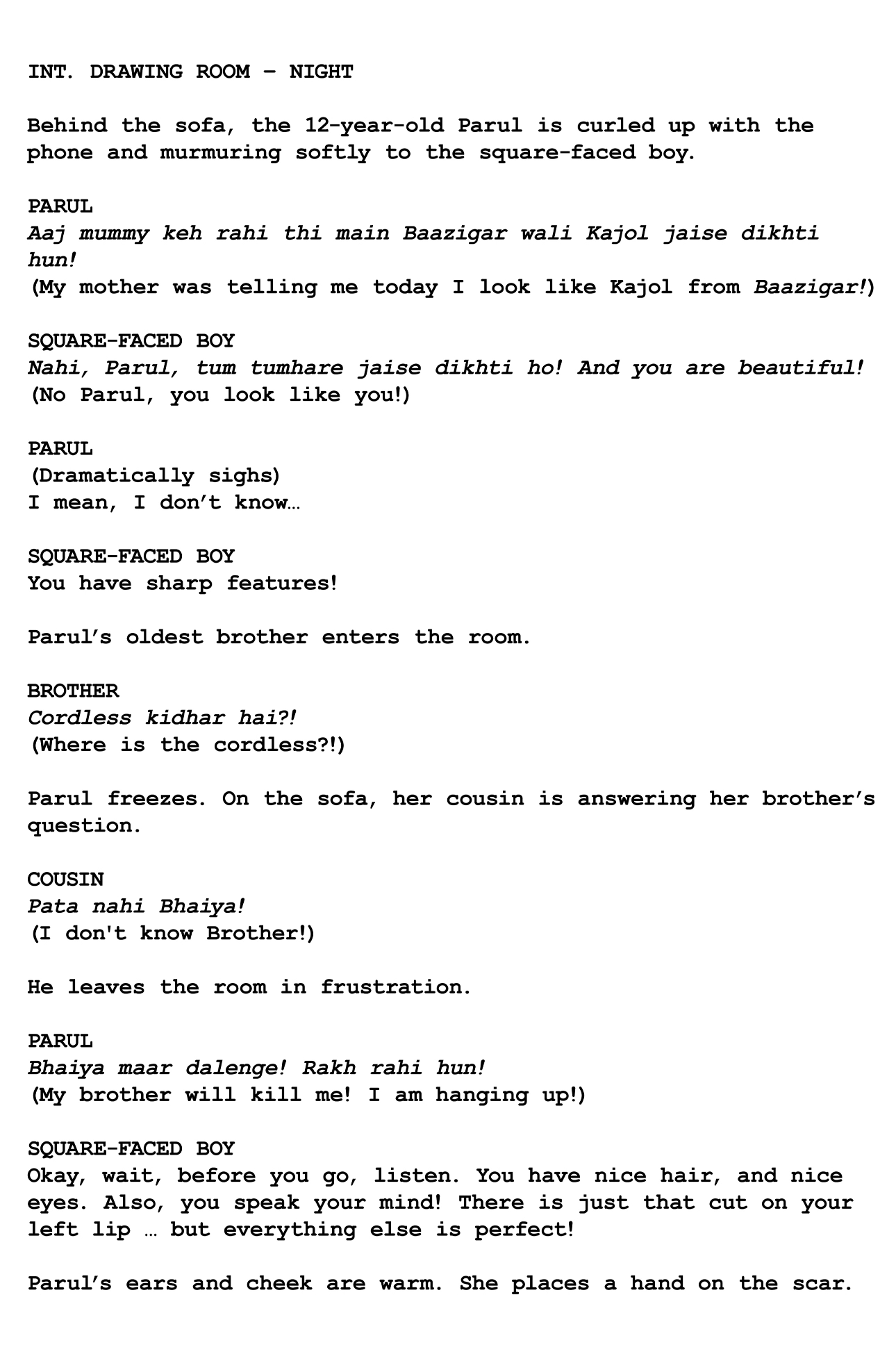
We met at an anti-caste conference in Nagpur that my father had taken me and three of my siblings to in 1995. The square-faced boy was tall and dark-skinned, with a warm smile. When he disappeared while we were playing I spy, my eyes searched for him with urgency – the bottled-up fantasies taken from romantic movies were eager to spill out. Before leaving, we exchanged addresses to send each other letters because he lived in Chhattisgarh.
It was the era of mush, when Archies and Hallmark had tapped into our hearts and imaginations – poems flowed and so did promises. The square-faced boy and I stuffed long, handwritten letters into those large card envelopes, which encased our desire to see each other; we always went through the same anxious routine of anticipating the possibility of the postman delivering these secret love notes to our families instead of us.
My friend, let’s call her Mansi, and I would try on each other’s Rangeela-inspired outfits in our rooms and talk about our boyfriends. How the geographical distance had begun to breed exhaustion that we did not have the space for, and how a certain disenchantment had begun to seep in in our letters to them.
Mansi and I would also talk about our academic pressures, and I confided in her about my father’s strictness about performance. He would not hesitate to raise his hand if he perceived a lack of seriousness in our approach to academics – given his insistence on the necessity for Bahujan folks to excel in these spaces – especially in a country with very few avenues for legally accommodating those from marginalised castes.
My relationship with the square-faced boy remained platonic, even after we had defined it otherwise. And that’s why when we broke up, the absence of grief was unsurprising.
As I began to find the vocabulary and inclination to address what was brewing inside of me, I also became preoccupied with another notion: The Bombay Dream.
*
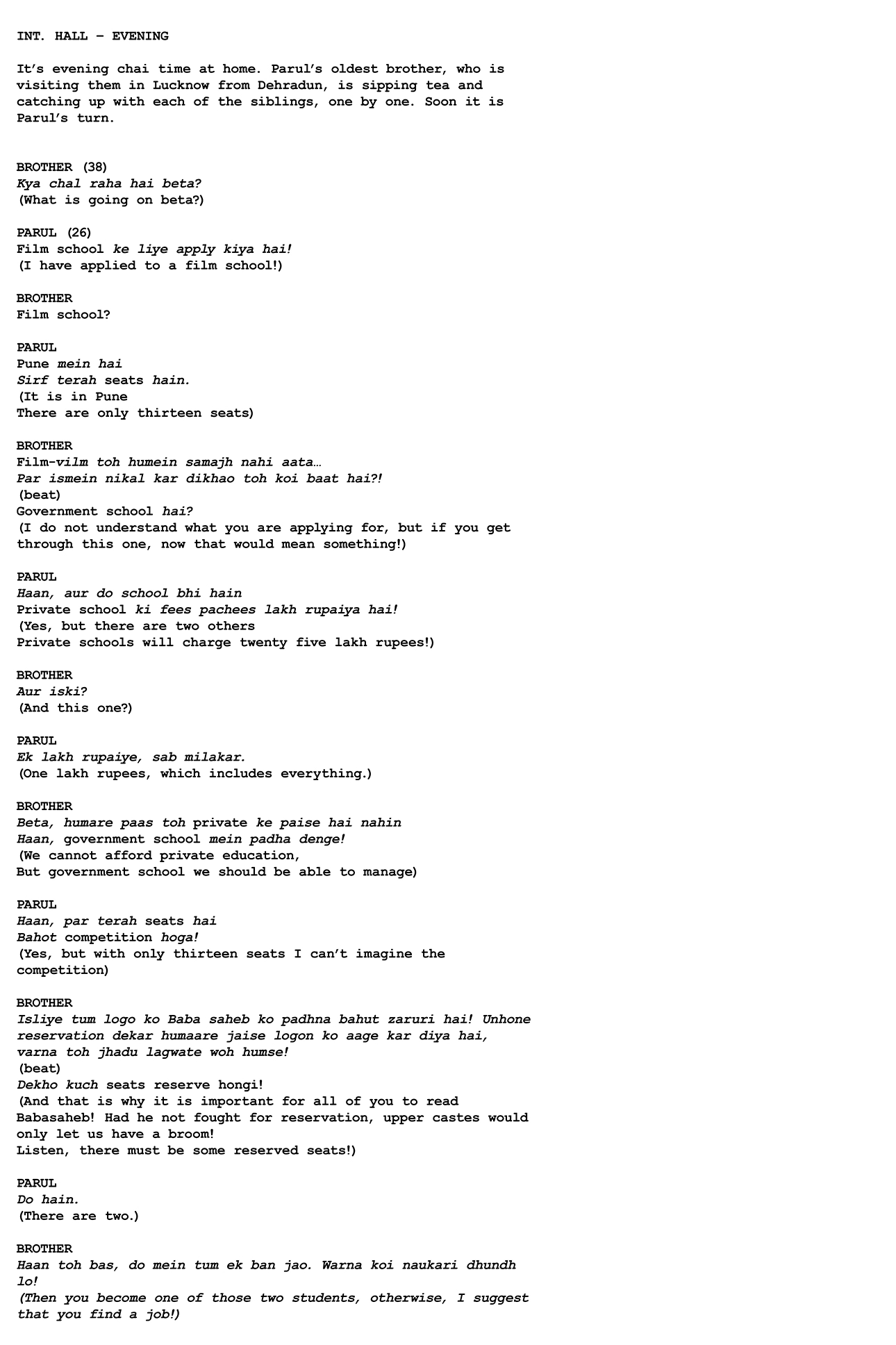
I joined FTII in 2009. The history of Pune has everything to do with the belongingness I felt to the institute and the city. I would learn that along with the casteist Peshwai, the assertive history of 500 Mahar soldiers under the British East India Company at Bhima Koregaon is also a part of the city’s fabric. The Mahar soldiers had ended the Peshwa clan back in January 1818.
I wasn’t exposed to as much world cinema as my counterparts, who casually referred to American pop culture – this shared knowledge was an apparently innocuous bonding exercise for them. This will sound familiar to Bahujan students – the ignorant exercise by upper-caste students casually flexing their cultural capital through what they know – especially what is not available for mass consumption and, at times, only an easy access of privilege. I was carrying the baggage of marginalised communities’ learning gap in these spaces. However, my deep curiosity for what they spoke about would couple with the accommodation of some students at the institute, who did not care if I was exposed to Hollywood classics like The Godfather or Pulp Fiction and definitely did not condescend to me due to it.
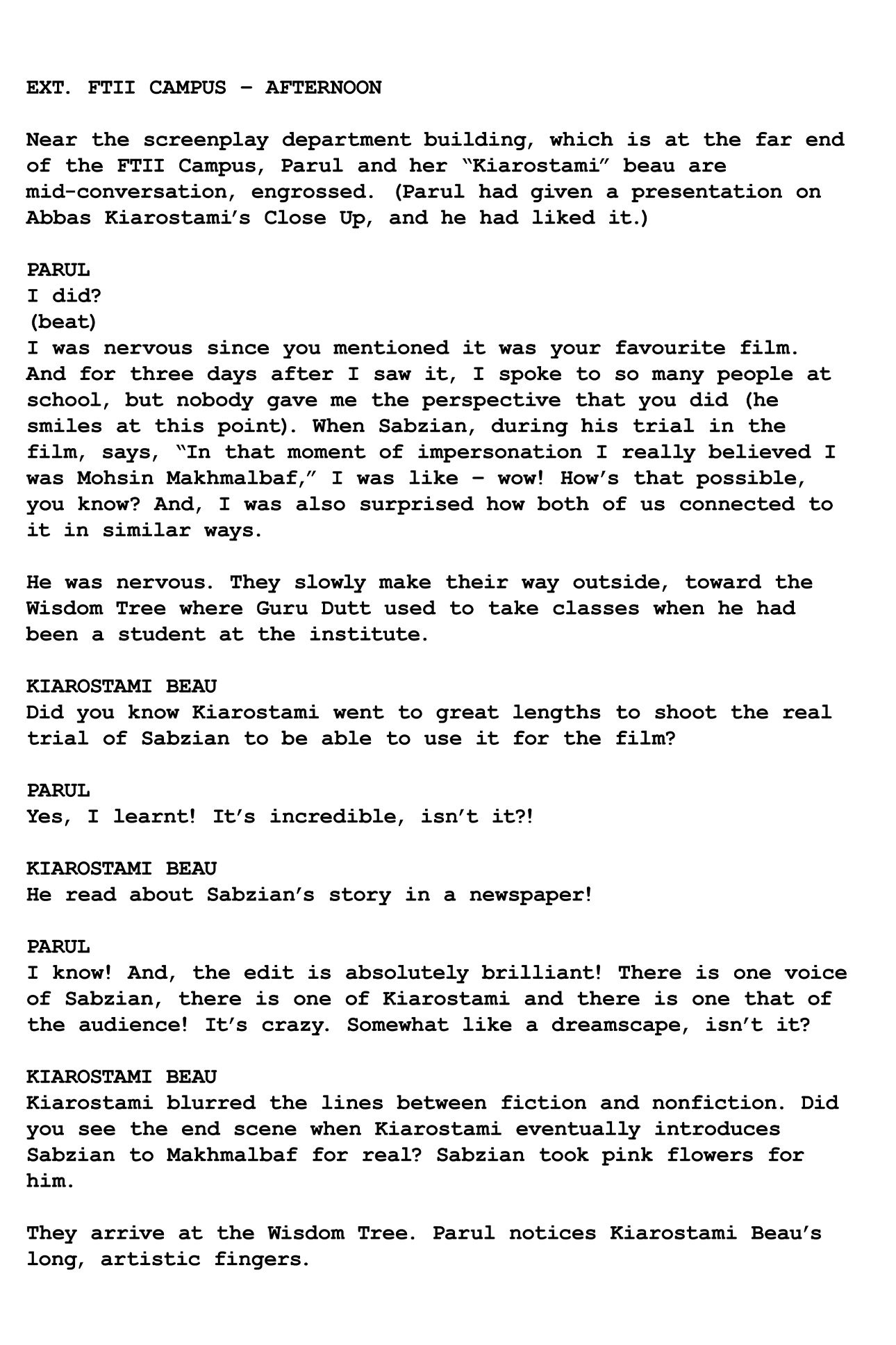
In April 2002, the same year he was appointed as the president of the Backward and Minority Communities Employees Federation (BAMCEF), my father passed away in a death that felt sudden, traumatising and destabilising. After he died, I wrote a small verse: A Child is a Father’s Shadow. It felt cathartic and cemented my relationship with writing. Someone like me, who did not already have any uncles or aunties working in fancy media houses or the entertainment industry, would have to build myself and my social connections from scratch, but I had sustained and nurtured my Bombay Dream to a point where my intuition would not let me act otherwise.
When you are a woman in your twenties, sexism becomes banal but never ceases to cause discomfort in lesser cases, trauma in worse ones. There was an annoying spate of cliches directed towards me when I was growing up, where I was made to feel that I needed to fit into the neat mould of either Suman or Seema from Maine Pyar Kiya.
For me, these came in the form of: “She wears tight clothes and shorts and roams around with boys way too much!” and “You give the wrong signals.” Typical. The discomfort seemed to arise from my not fitting into the imagination of the simplistic Barjatya binary of good/bad girl nor having the vocabulary to address this discomfort. On some days, I liked to show my skin, and on others, I covered myself up with a salwar kameez. Occasionally, I enjoyed a smoke and a drink too, pleasures forbidden to Suman to make her more palatable to a “family audience”.
All through that decade, the struggle to squeeze myself into one of these limited categories of women felt existential. So, it was a relief when Kiarostami Beau was oblivious to any such dichotomies.
Eventually, however, the understanding of the difference in our ways and our incompatible dreams would dawn on us. The relationship ended, and he went on to pursue his film-making dreams abroad.
I came to Bombay to finally pursue mine.
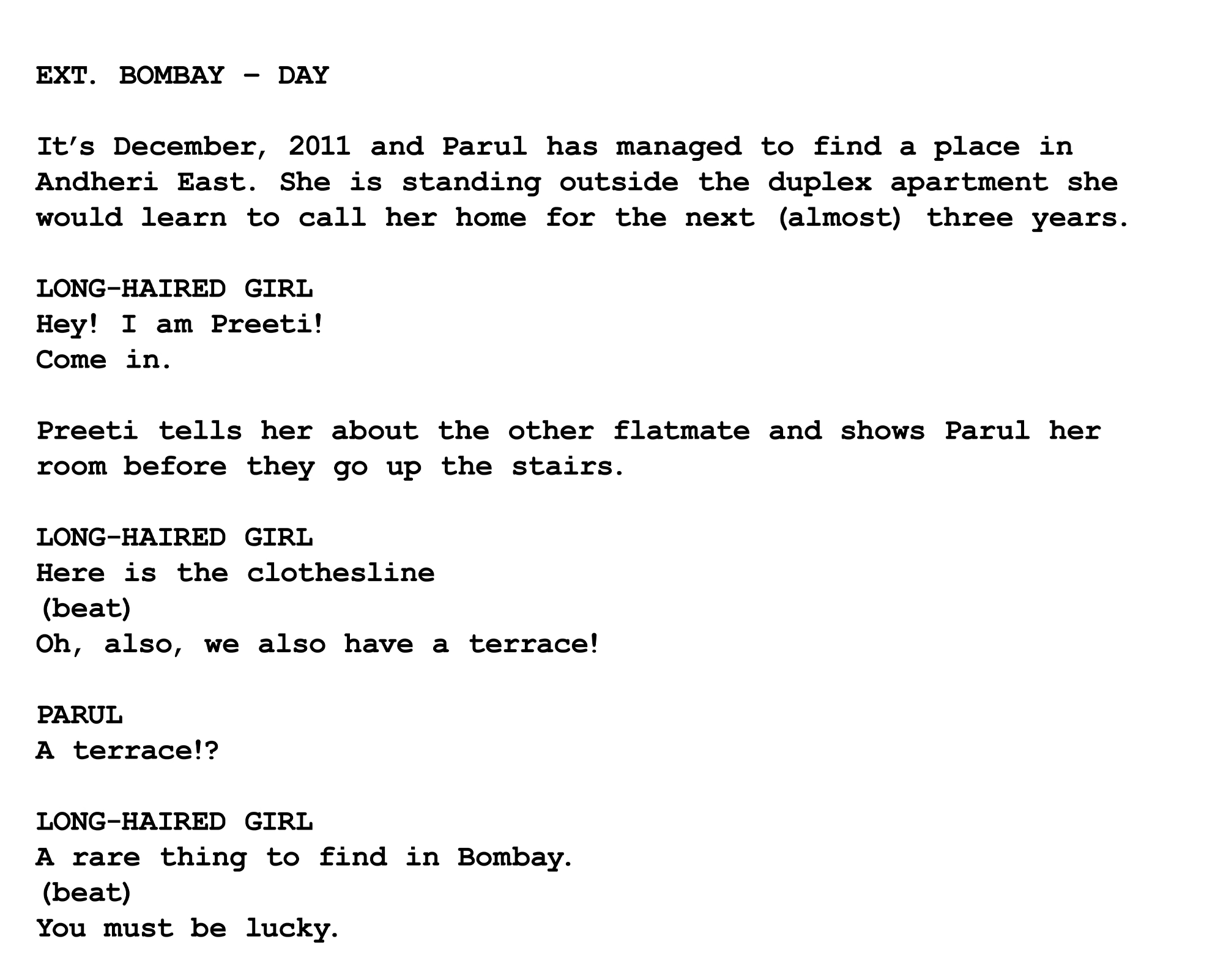
*
I have often thought of how the idea of balance is interwoven with love. My mother passed away in 2015, and to articulate the depth of our relationship would be a difficult, if not a Herculean undertaking. As I relied on Ambedkar’s writings on Buddhism and Osho’s spiritual teachings to get through the immense grief, I began to more deeply investigate the nature of the events that destabilise me, and the nature of those that ground me.
Bahujan women have a different agency, which is situated in real life and field – not in textbooks or films. In May 2020, I introduced the concept of ‘Bahujan spectatorship’ to reject and subvert Brahmanical representation and document an inverted Bahujan experience of consuming popular cinema.
Last year, as I finished watching Geeli Pucchi, Neeraj Ghaywan’s segment in Ajeeb Daastaans, where I worked as an assistant director, a familiar memory lit me up.
